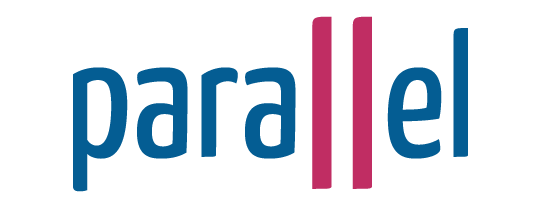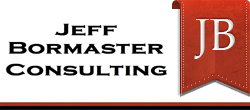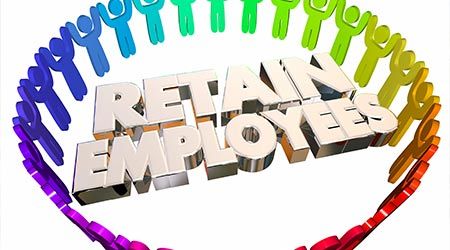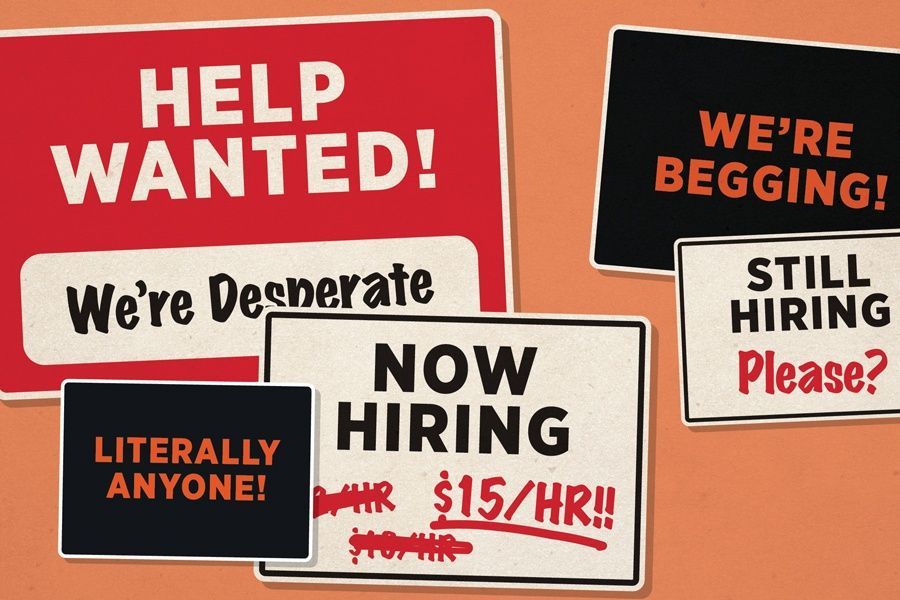Does Your Agency Need a New Strategic Plan Post-Pandemic?

The simple short answer is yes.
Don’t spend a lot of time or money on fancy strategic plans or prolonged assessments.
Here is how to do a realistic strategic plan.
1. Build your data set
a. Have HR do a line staff (direct client service workers only) turnover for the last 3 calendar years. If your agency is like most human service agencies, it will show that from 2019 to 2020 it would be a typical turn over year (your baseline). Then 2021 would show little turnover as we went into pandemic lock down. Then in late 2021 or 2022 when your state started coming out of lock down turnover should have begun to creep up. Also, if you ask your HR director s/he will tell you if hiring has become more challenging for direct service staff.
b. Have an external consultant do a staff survey of engagement and work satisfaction/challenges. This is the most challenging step in the process. You have to ask the right questions not questions like “do you like our benefits” or “do you feel your compensation is adequate for you to live on” or “do you like our health plan options”. This survey is NOT a HR benefits survey. Do don’t ask staff about salary or benefits unless you are willing to change them. This survey is about how connected employees are and how they feel they are treated and if they have job clarify and supportive performance management.
c. Ask the senior leadership what the 4 biggest challenges are facing your agency. If your agency is like most it will be (1) hiring competent staff, (2) retaining competent staff), (3) funding – for many this includes fundraising and (4) client outcomes: getting better outcomes.
d. Don’t spend a lot of time or money on an Environmental scan. You know the Federal emphasis from the Children’s Bureau and the Casey Family Programs (they have a working partnership with every state’s public child welfare system and significant funds so they are the #1 major influencer of public child welfare policy). You can ask your state association to give you a summary of where the state is and is going.
You have now done the data set and environmental scan for presentation to your board.
2. Conduct a one-day leadership retreat with a consultant knowledgeable of the biggest challenges and success in child welfare and have a facilitated brainstorming session on how to address each challenge, then prioritize them. Prepare and send to the senior staff and board for their review at least a week before the Board retreat (next step).
3. Conduct a 4-hour Board and senior leadership retreat to (1) allow the board to ask questions about the data set they received beforehand and were asked to review it and bring questions to the retreat (step 1 a, b and d). (2) Ask them what they see as key priorities. (3) Share what senior leadership identified as the top 4 challenges (step 1 c). (4) If they match move on. If they don’t match merge the lists till you have a top 4 challenges without words like “and”. Each challenge should be one clear item – no running lists. (5) share the ideas from senior leadership for realistically addressing each challenge and ask for thoughts from the board. (6) Prioritize actions to those that can be realistically done over the next year (you can do a second year if you want but I recommend you only do a one year action plan as our world is in a constants ate of change) and keep the ideas for the next year till a follow-up annual planning retreat done in the 4th quarter of the year so the action plan is done and in place for the next year before it starts.
4. Once the board has formally approved the goals and action plan make it public. Share it with the board and staff with the name of the staff member responsibility for facilitating each action step. Facilitating does not mean they do it all him/herself, it means they are responsible for facilitating what needs to happen for the action plan to be achieved, including engaging others as needed.
You have met your accreditation requirements to:
1. Do an environmental scan
2. Set 4-year goals
3. Build a one-year action plan
To keep the strategic action plan alive be sure each activity has a staff member assigned for its achievement.
On a quarterly basis get a status report on each action step and provide a written progress report to the board and all staff (public accountability). This will facilitate staff actually working on the goal’s action plan. If there is no movement on a goal then senior leadership has to meet and work to remove the barrier to progress. Having an action plan is of no value if you don’t actually “act” on the plan.
This is the task of the CEO/President/Executive Director. S/he is who must make it happen.
Being too busy is not an acceptable excuse for not addressing the challenges facing the agency.
Things to avoid when doing a 2022 Post Pandemic Strategic Plan
1. Hire a facilitator who has child welfare services and trends knowledge.
2. Limit planning processes to a half day for senior staff and 4 hours for the Board
3. Ask your facilitator to work with your agency on the employee survey and serve as the point person for disseminating and collecting responses (not through any agency system to protect staff)
4. Ask your facilitator to prepare the environmental scan, summary employee survey and post retreat documents to limit the burden on staff.
5. Make the commitment to being public with results, scan, strategic goals, action plans, and quarterly progress. This can be easily done through an employee bulletin or newsletter.
6. Repeat the process in the 4th quarter of each year so it becomes part of the annual planning done BEFORE you do the budget for the next year in case you need funds included in the budget for an action item. It’s about timing – if it’s timed to happen before budget, it legitimizes the action planning process. If it’s done after budget or disconnected from budget, then it becomes just a meaningless paper exercise and not a driver of organizational improvement which is its intent.
This is about the willingness of the ED/CEO/President of the organization to commit to and value strategic planning focused on organizational improvement.
LEADING FROM OUTSIDE THE BOX is a monthly newsletter for human services leaders.
Its purpose is to challenge your thinking and help you improve organizational and outcome performance.
To receive your copy free, simply email Jeff Bormaster and ask to be added to the mailing list. Feel free to share these newsletters with other human services leaders, simply include the contact information.
You can read previous issues of Leading Outside the Box at www.jeffbormasterconsulting.com/topics










